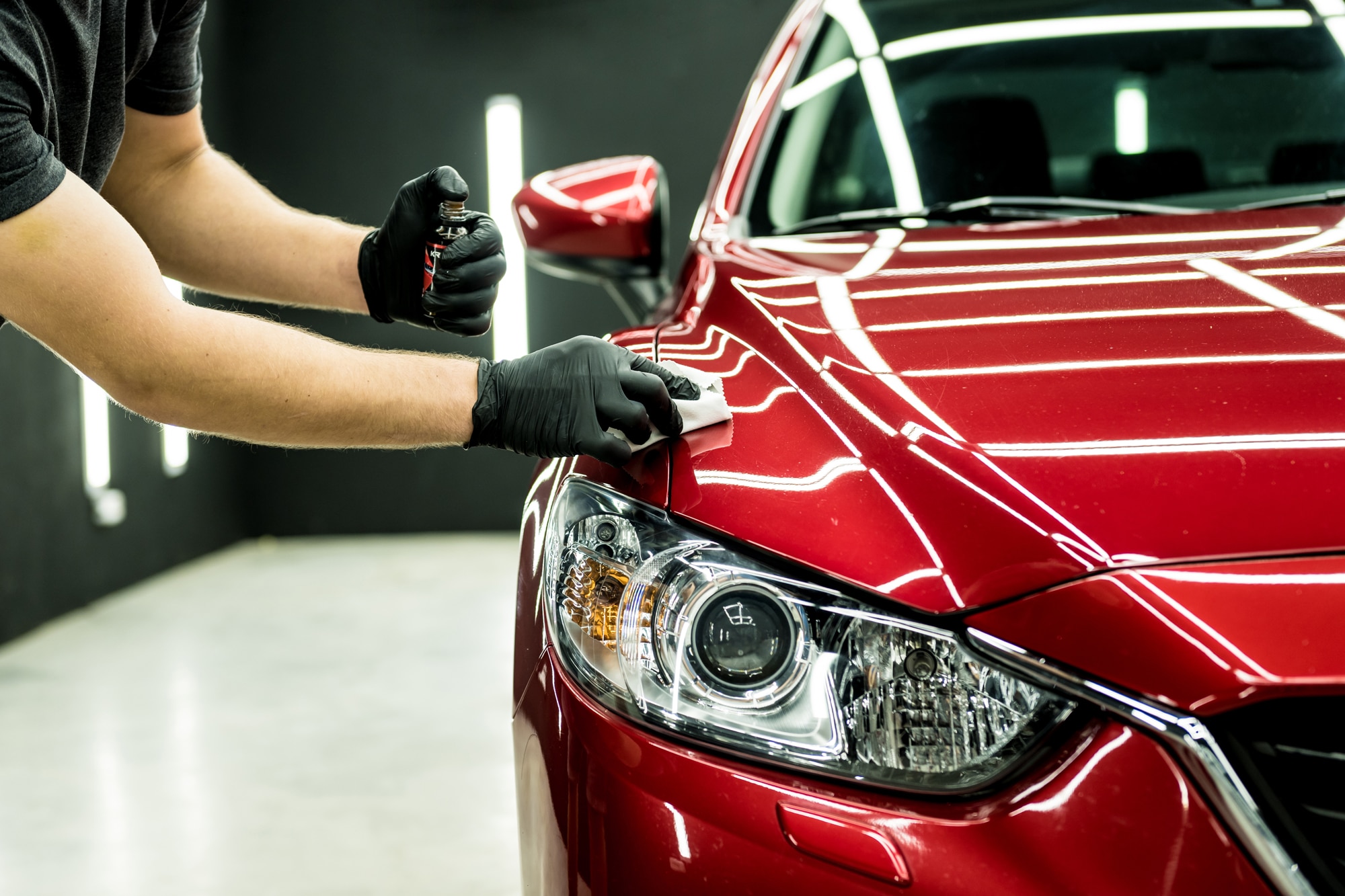A Comprehensive Guide to the Types of Ceramic Coating on the marketplace
Ceramic coverings have actually arised as a pivotal solution throughout numerous industries due to their one-of-a-kind homes and applications. As we check out the distinct features and applications of these finishes, the effects for performance and long life end up being progressively apparent, increasing concerns about which kind may finest suit your needs.
Understanding Ceramic Coatings
Ceramic layers are sophisticated protective solutions that have actually obtained appeal in numerous industries, particularly in auto and aerospace applications. These finishes contain a liquid polymer that, when treated, develops a resilient, hydrophobic layer externally of the substratum. This layer gives enhanced resistance to ecological contaminants, UV radiation, and chemical exposure, consequently prolonging the life and aesthetic appeal of the underlying material.
The basic part of ceramic coatings is silica, which adds to their hardness and resilience. The application process typically involves surface prep work, application of the finishing, and treating, which can be accomplished with heat or UV light. Once healed, ceramic finishings exhibit phenomenal bonding properties, enabling them to stick highly to a variety of surface areas, consisting of steels, plastics, and glass.
Along with their protective functions, ceramic coatings additionally use convenience of upkeep. Their hydrophobic nature reduces the adherence of dirt and grime, making cleaning less complex and much less constant. In general, the fostering of ceramic coatings represents a considerable advancement in surface area defense modern technology, providing both functional and aesthetic advantages throughout numerous fields.
Types of Ceramic Coatings
Numerous sorts of ceramic layers are readily available, each developed to satisfy certain efficiency demands and applications - Auto Detailing. The most common types consist of:
Silica-based Coatings: These coatings largely include silicon dioxide and are recognized for their longevity and chemical resistance. They are commonly utilized in automobile and commercial applications.
Titanium Dioxide Coatings: Popular for their photocatalytic homes, titanium dioxide finishes are frequently used in settings where self-cleaning and antifungal homes are preferable, such as in structure materials and automotive surfaces.
Zirconia Coatings: Defined by their high-temperature security and thermal resistance, zirconia coatings are used in applications such as generator engines and high-performance automobile elements.
Alumina Coatings: Exhibiting exceptional firmness and thermal stability, alumina finishes are frequently utilized in wear-resistant applications, including reducing tools and industrial equipment. - Auto Detailing
Crossbreed Coatings: Combining the homes of various materials, hybrid finishes use improved efficiency characteristics, making them appropriate for distinct and demanding applications.
Each kind of ceramic finishing serves distinctive functions, allowing customers to pick one of the most appropriate solution based on details ecological problems and efficiency demands.
Benefits of Ceramic Coatings
Coatings play a vital duty in improving the efficiency and durability of surfaces across different industries. Ceramic finishes, in certain, deal various benefits that make them increasingly preferred among producers and customers alike. One of the primary advantages is their outstanding sturdiness. These coatings are immune to scratches, chemicals, and UV rays, guaranteeing that the underlying surface continues to be protected in time.
Along with sturdiness, ceramic layers provide exceptional hydrophobic homes, enabling easy cleaning and upkeep. This water-repellent nature reduces the adherence of dust, gunk, and various other pollutants, which can prolong the visual charm and capability of the surface. In addition, ceramic finishings can significantly improve thermal resistance, making them ideal for applications that sustain high temperature levels.

Application Refine
When using ceramic finishings, a thorough method is vital to accomplish optimal outcomes. The application process commonly starts with comprehensive surface area preparation. This involves cleaning, decontaminating, and brightening the surface to remove all pollutants, consisting of dirt, oil, and prior waxes or sealants. A clean surface area makes certain proper attachment of the coating.
Once the surface area is prepped, the next step is to use the ceramic finishing. This can be done making use of an applicator pad or a read this microfiber fabric, making sure also insurance coverage. It is vital to operate in tiny sections to preserve control and prevent early treating. The finish must be applied in thin layers, as thicker applications can cause irregular finishes.
After application, the layer needs a specific healing time, generally ranging from a few hours to a complete day, depending on the item. Complying with these this link actions faithfully will optimize the performance and durability of the ceramic coating, offering a durable safety layer for the surface area.
Maintenance and Longevity
To make sure the long life and efficiency of a ceramic finishing, normal maintenance is essential. Ceramic coverings, understood for their resilience and protective top qualities, need details care routines to optimize their lifespan and efficiency.
In enhancement to normal cleaning, routine evaluations are critical. Look for indicators of wear or damages, such as hydrophobic buildings diminishing or surface area blemishes. If required, a light polish may be used to renew the layer without stripping it away.
Furthermore, the application of a booster spray can enhance the visit the website finishing's hydrophobic impacts and restore its gloss. This is especially helpful for finishings that have actually remained in use for a prolonged period. Ultimately, by sticking to these upkeep methods, one can considerably expand the life of a ceramic covering, ensuring that it proceeds to give ideal defense against ecological elements and preserve the visual allure of the automobile.
Final thought
